Home>Renovation & DIY>Home Renovation Guides>What Section Of The FHA Loan Guidelines Covers Loans For Home Improvements?
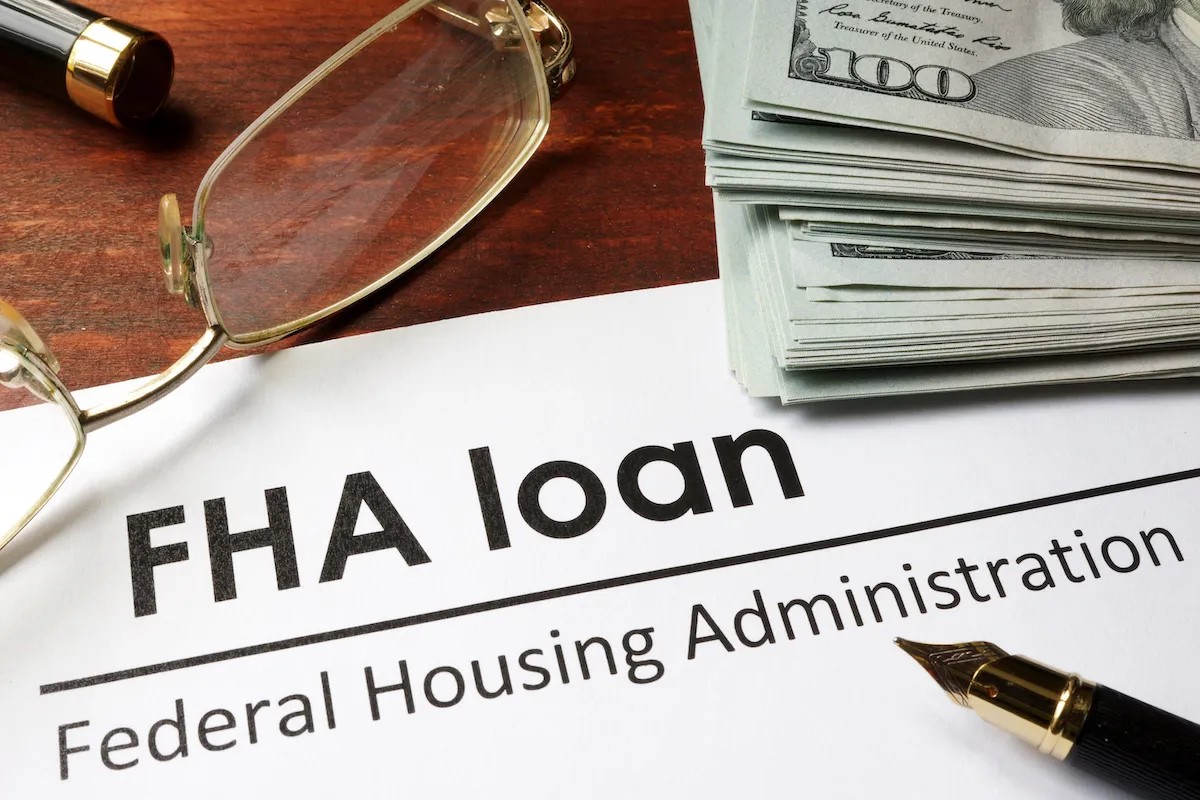

Home Renovation Guides
What Section Of The FHA Loan Guidelines Covers Loans For Home Improvements?
Modified: January 4, 2024
Learn about FHA loan guidelines for home improvements and find out which section covers them. Get expert advice on home renovation guides.
(Many of the links in this article redirect to a specific reviewed product. Your purchase of these products through affiliate links helps to generate commission for Storables.com, at no extra cost. Learn more)
Introduction
So, you're thinking about making some improvements to your home. Maybe you want to renovate your kitchen, add a new bathroom, or finally tackle that long-awaited backyard makeover. Whatever your home improvement dreams may be, the thought of funding such projects can be daunting. This is where the Federal Housing Administration (FHA) loan guidelines come into play.
Understanding the FHA loan guidelines can be a game-changer when it comes to financing your home improvement projects. FHA loans are designed to make homeownership more accessible, and they offer a variety of benefits that can also be applied to renovation and remodeling endeavors.
In this comprehensive guide, we'll delve into the specific section of the FHA loan guidelines that covers loans for home improvements. By the end of this journey, you'll have a clear understanding of how FHA loans can be utilized to turn your home improvement aspirations into reality. Let's embark on this enlightening exploration together.
Key Takeaways:
- FHA loan guidelines offer accessible financing options for home improvements, making renovation dreams achievable for homeowners with diverse needs and property enhancement goals.
- Approved FHA lenders play a crucial role in guiding homeowners through the application process, ensuring they secure suitable financing for their specific home improvement projects.
Read more: What Is The Best Loan For Home Improvement
Understanding FHA Loan Guidelines
Before we dive into the specifics of home improvement loans under the FHA guidelines, it’s essential to grasp the fundamental principles of FHA loans. The Federal Housing Administration, a division of the U.S. Department of Housing and Urban Development (HUD), administers FHA loans. These loans are particularly attractive to first-time homebuyers and those with less-than-perfect credit, as they offer more lenient qualification requirements compared to conventional mortgages.
One of the key features of FHA loans is their backing by the federal government, which mitigates the risk for lenders. This government guarantee enables borrowers to secure loans with lower down payments and more favorable terms. Additionally, FHA loans are known for their competitive interest rates, making them an appealing option for individuals seeking to finance home purchases and improvements.
When it comes to eligibility, FHA loan guidelines consider factors such as credit score, debt-to-income ratio, and the ability to make a down payment. The flexibility and accessibility of FHA loans make them an excellent choice for individuals who may not qualify for conventional financing. These guidelines are designed to promote homeownership and stimulate the housing market, thereby contributing to the overall stability of the economy.
Understanding the overarching framework of FHA loans lays the groundwork for comprehending how these guidelines extend to funding home improvement projects. Now, let’s shift our focus to the specific provisions within the FHA loan guidelines that pertain to loans for home improvements.
The section of the FHA loan guidelines that covers loans for home improvements is Section 203(k). This section specifically outlines the requirements and process for obtaining an FHA 203(k) loan for home renovations.
Loans for Home Improvements
When it comes to financing home improvements through the FHA, there are several options available to homeowners. The section of the FHA loan guidelines that covers loans for home improvements encompasses various programs and initiatives tailored to address the diverse needs of individuals looking to enhance their residences.
One prominent avenue for funding home improvements through the FHA is the Title I Property Improvement Loan Program. This program provides loans for alterations, repairs, and improvements to residential properties. Borrowers can utilize these loans to make their homes more livable and energy-efficient, thereby increasing the overall value of their properties.
Another noteworthy option within the FHA loan guidelines is the 203(k) Rehabilitation Mortgage Insurance Program. This program facilitates the financing of both the purchase and rehabilitation of a home through a single mortgage. It’s a compelling solution for individuals seeking to revitalize older properties or make significant upgrades to their current homes. The 203(k) program offers the flexibility to finance a wide range of improvements, from structural alterations to cosmetic enhancements.
Furthermore, the FHA Streamline 203(k) program is specifically designed for minor home improvements and repairs. This streamlined version of the 203(k) program simplifies the process of obtaining financing for less extensive projects, making it an attractive option for homeowners looking to undertake modest renovations without the complexities associated with larger-scale endeavors.
Underlying these programs is the FHA’s commitment to promoting safe and habitable housing for all individuals. By providing accessible financing for home improvements, the FHA contributes to the revitalization of communities and the enhancement of living standards across the nation.
It’s important to note that while the FHA sets the guidelines for these programs, the actual loans are issued by approved FHA lenders. These lenders play a crucial role in facilitating the application and approval process, guiding borrowers through the intricacies of securing financing for their home improvement projects.
By leveraging the opportunities presented within the FHA loan guidelines, homeowners can embark on transformative home improvement ventures with the confidence of having reliable and accommodating financing options at their disposal.
Conclusion
Embarking on home improvement projects is an exciting endeavor, and understanding how the FHA loan guidelines can support these initiatives is a valuable asset for homeowners. By familiarizing yourself with the specific section of the FHA loan guidelines that covers loans for home improvements, you gain access to a wealth of financing options tailored to meet your renovation and remodeling needs.
Whether you’re considering a kitchen overhaul, a bathroom upgrade, or a comprehensive home renovation, the FHA offers programs and initiatives designed to facilitate these improvements. From the Title I Property Improvement Loan Program to the 203(k) Rehabilitation Mortgage Insurance Program, there are diverse avenues through which homeowners can secure funding for enhancing their properties.
Moreover, the FHA’s commitment to promoting safe and habitable housing underscores the significance of these programs in fostering thriving communities and elevating living standards. By providing accessible financing for home improvements, the FHA contributes to the overall well-being of homeowners and the revitalization of residential areas.
As you navigate the landscape of home improvement financing, it’s important to engage with approved FHA lenders who can guide you through the application process and help you secure the most suitable financing for your specific projects. These lenders play a pivotal role in facilitating the realization of your home improvement aspirations, ensuring that you can embark on your endeavors with confidence and financial support.
In essence, the FHA loan guidelines offer a pathway to transforming your living space and enhancing the value of your home. By leveraging the resources and opportunities made available through these guidelines, you can embark on your home improvement journey with clarity, assurance, and the financial backing needed to bring your vision to life.
So, as you set your sights on home improvements, remember that the FHA loan guidelines stand ready to support your endeavors, making your dream home a tangible and achievable reality.
Frequently Asked Questions about What Section Of The FHA Loan Guidelines Covers Loans For Home Improvements?
Was this page helpful?
At Storables.com, we guarantee accurate and reliable information. Our content, validated by Expert Board Contributors, is crafted following stringent Editorial Policies. We're committed to providing you with well-researched, expert-backed insights for all your informational needs.



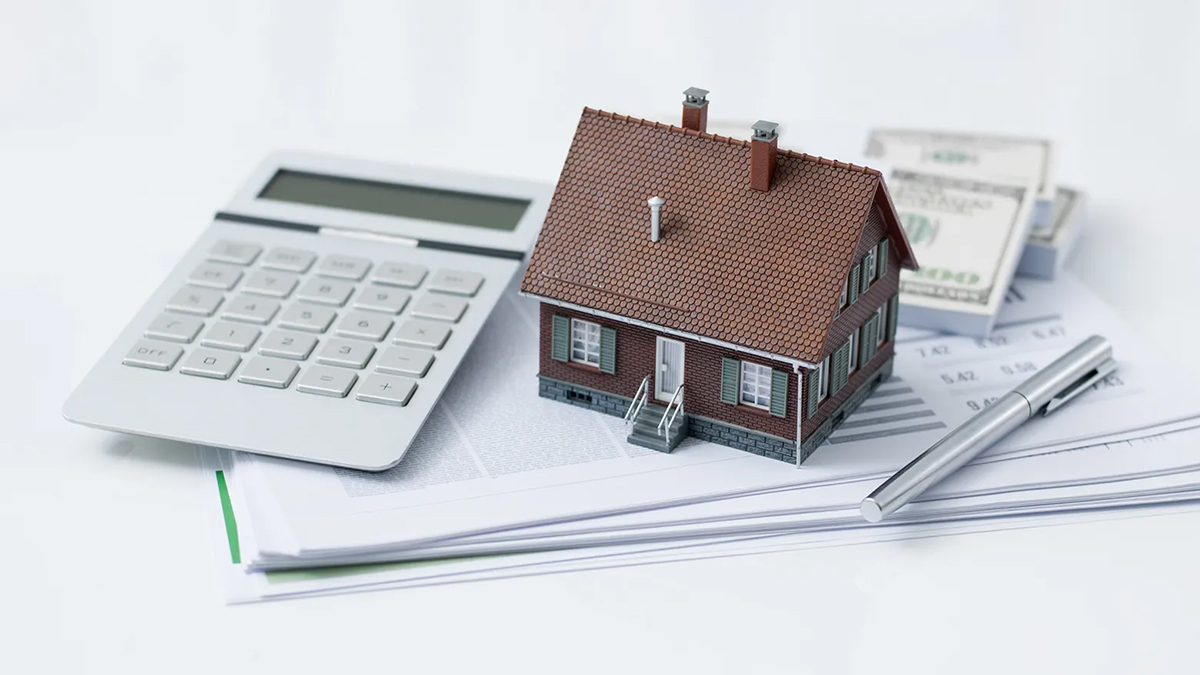

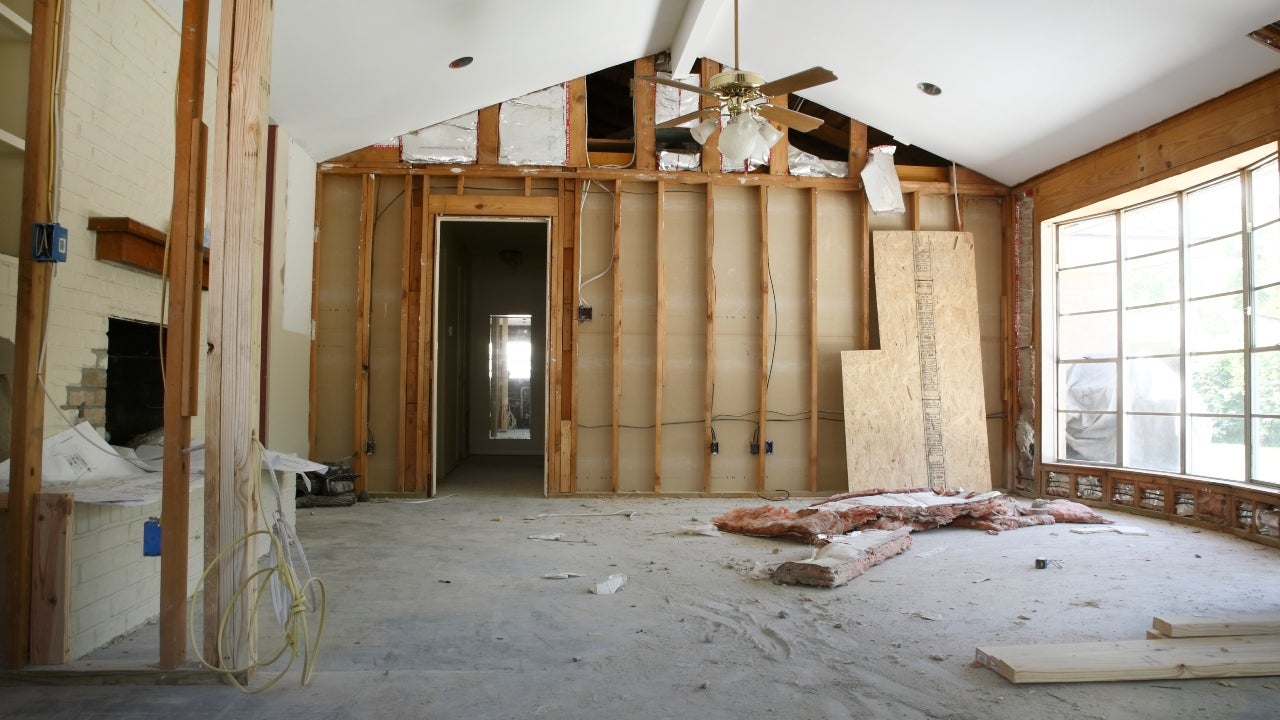



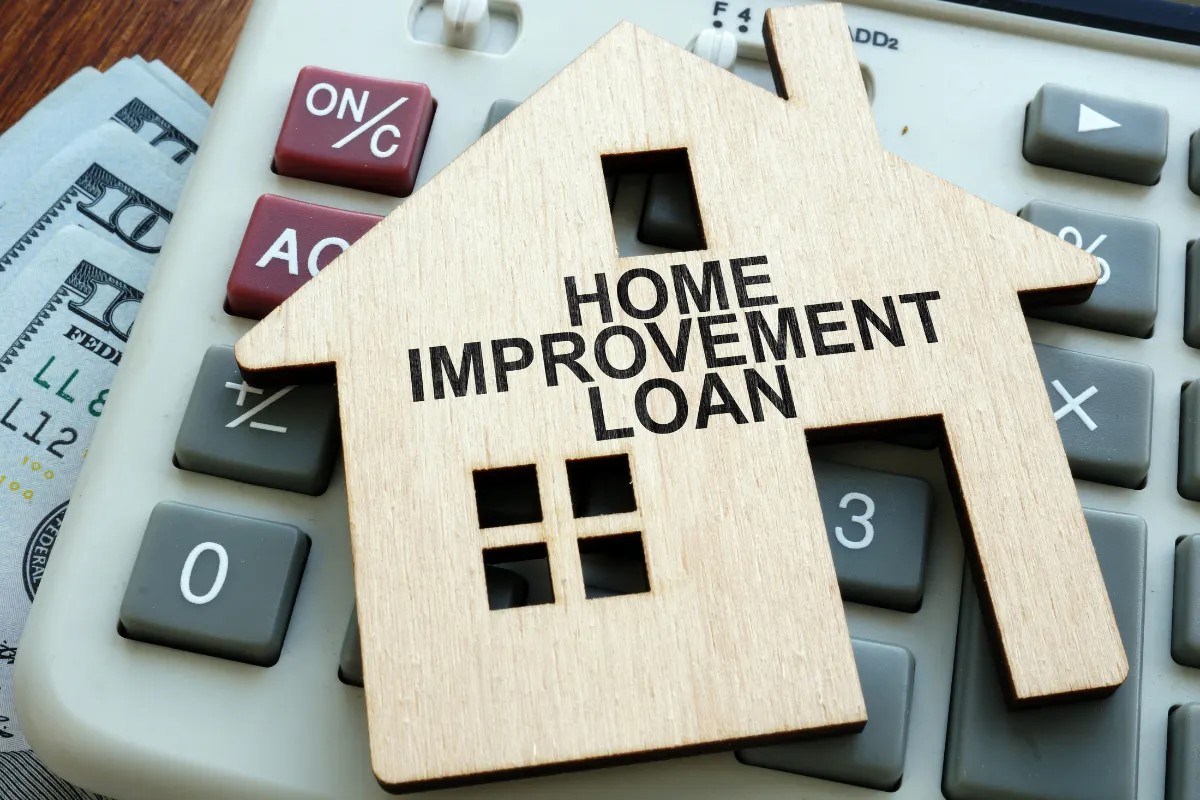



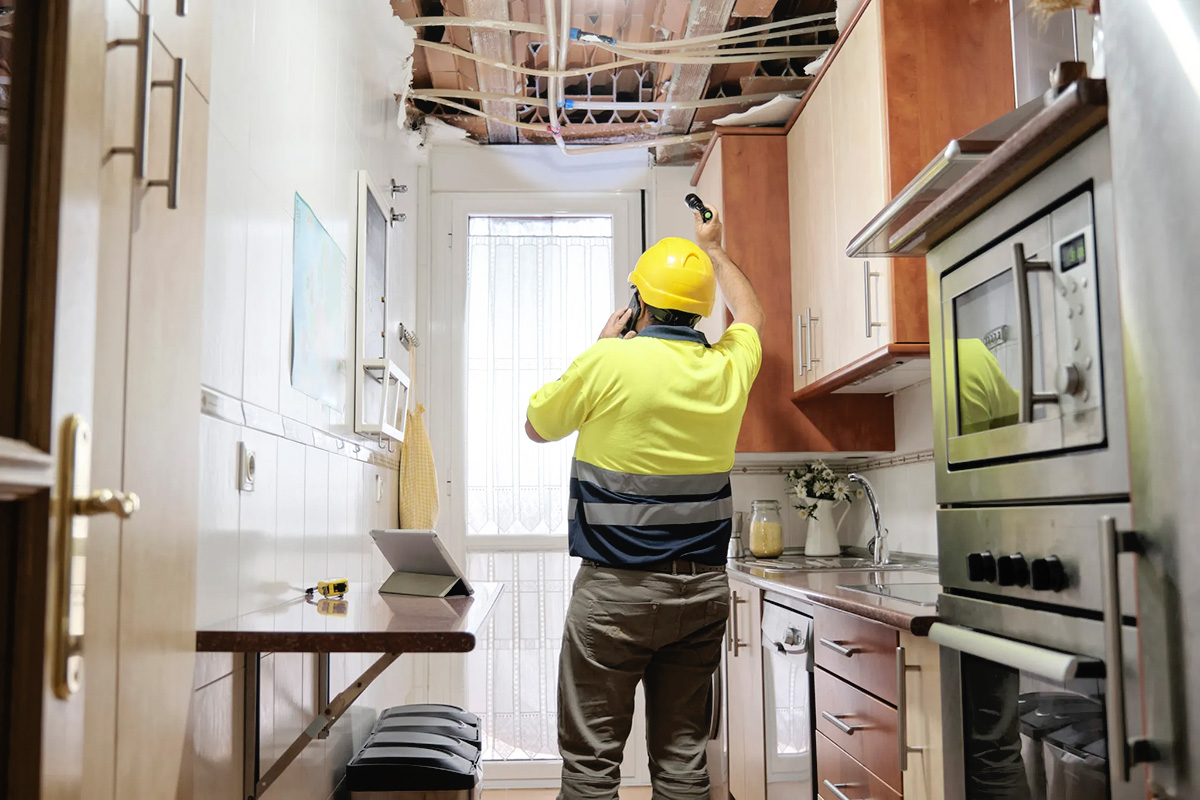


0 thoughts on “What Section Of The FHA Loan Guidelines Covers Loans For Home Improvements?”